-
×
-
×
-
×
-
×
-
×
-
×
Subtotal: £214.83


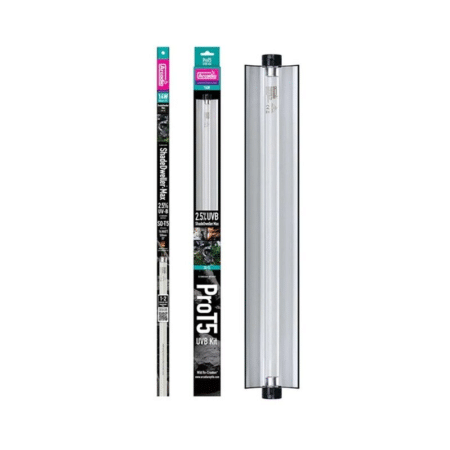
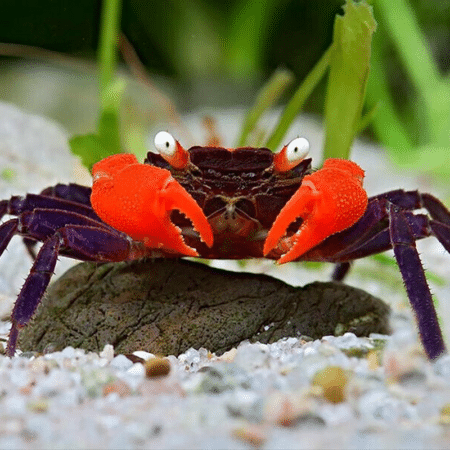
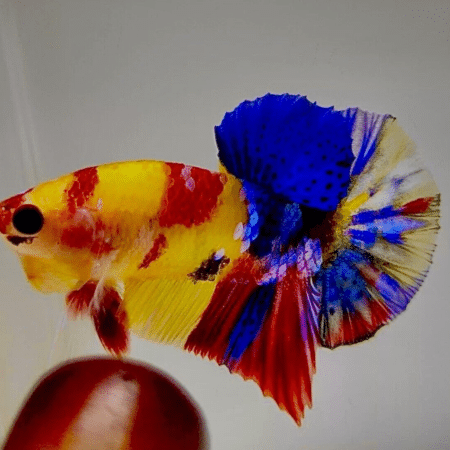
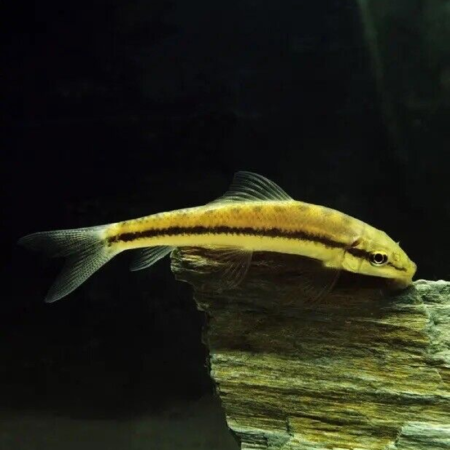

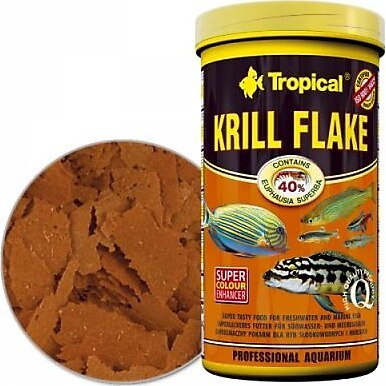
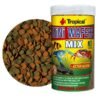

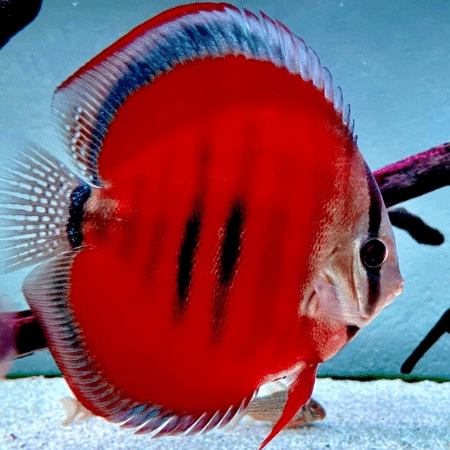

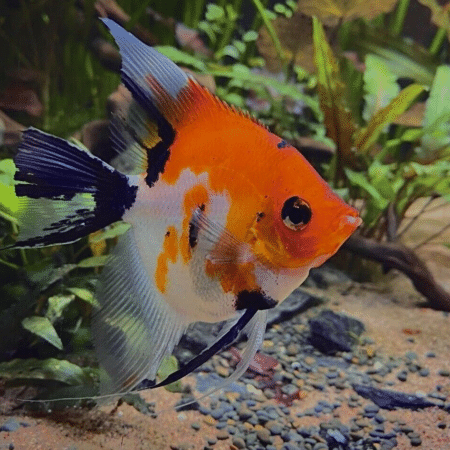








Emily Carter (verified owner) –
I’ve been an aquarium enthusiast for over five years, and recently switched to these Krill Flakes for my tropical fish. I noticed a remarkable difference within just a week! My fish, especially my betta and tetras, are more vibrant and active than ever before. The high-krill content is evident, and you can see their colors pop after each feeding.
Compared to previous fish foods I’ve tried, this one not only enhances color but also supports their overall health. I love that they are easy to digest, which is crucial for keeping my fish happy and well-nourished. One minor downside is that the flakes can create a bit of floating debris, so I recommend using a fine net to clean up the leftovers. Overall, I wholeheartedly recommend these flakes to anyone looking to improve their fish’s diet. Whether you’re a beginner or a seasoned aquarist, your fish will thank you for it. Plus, the shipping was prompt, and the packaging was solid. I will definitely be purchasing again!